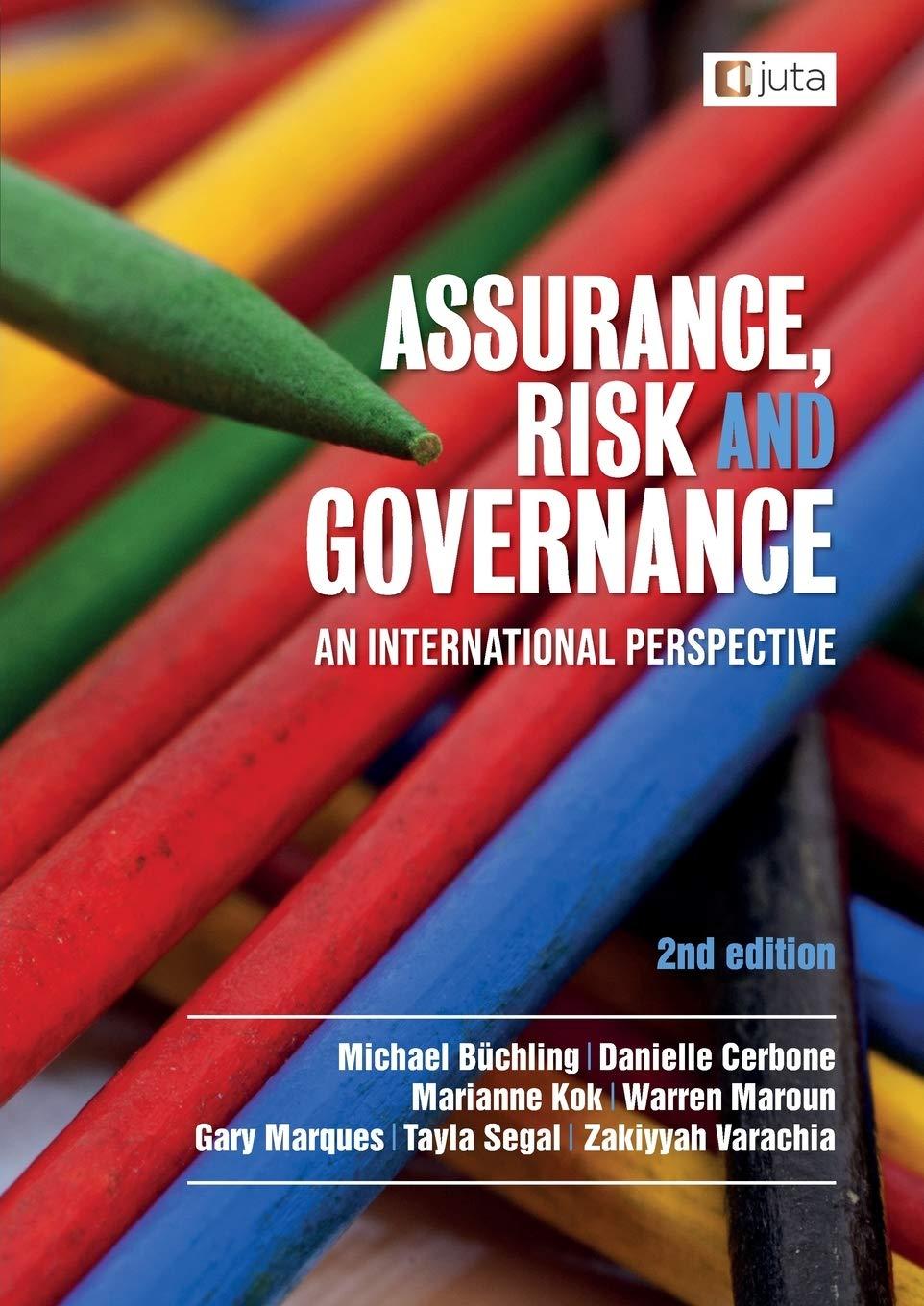Question
1. In order, which are the two sources of the greatest funding for the Federal government? a. Corporate income tax; individual income tax b. Individual
1. In order, which are the two sources of the greatest funding for the Federal government?
a. Corporate income tax; individual income tax b. Individual income tax; corporate income tax
c. Wealth transfer taxes; individual income tax d. Individual income tax; social insurance taxes
2. Which of the following is not normally considered a characteristic of a tax?
a. It is assessed on a predictable (usually recurring) frequency.
b. The assessment is based on some predetermined criteria.
c. It may carry a specific right, such as operating a business.
d. It may be levied on only a portion of the population.
3. D is subject to a tax that requires that she pay 10% of her first $10,000 and 15% of all additional taxable income. D has total income of $22,000 and taxable income of $15,000. If Ds total tax is $1,750, which of the following is not true?
a. Ds average tax rate is 11.67 percent. b. Ds marginal tax rate is 12.5 percent.
c. Ds effective tax rate is 7.95% of her total income. d. This tax is considered a progressive tax.
4. N made the following gifts of cash during the current calendar year:
To H, her husband $50,000
To D, her daughter 50,000
To her church 50,000
What is the total amount of Ns taxable gifts for the year?
a. $111,000 b. $150,000 c. $50,000 d. $35,000
5. A taxpayer who works for more than one employer during a year and earns wages in excess of the OASDI maximum ($132,900 for 2019) is entitled to which of the following with respect to the taxes withheld in excess of the annual maximum?
a. A refund from the last employer for the excess
b. A credit against his or her Federal income tax for the excess
c. No compensation whatsoever, since the limit is applied on wages from each employer
d. No compensation whatsoever, since the additional tax merely buys additional benefits
6. Congress frequently grants taxpayers a tax incentive for making certain expenditures individually rather than the government making direct subsidies. These tax concessions are referred to as which of the following?
a. Tax loopholes b. Incentive deductions
c. Tax expenditures d. Indirect expenditures
7. Which of the following is a tax expenditure?
a. A cost to the government of collecting the tax
b. A cash expenditure made possible through tax collections
c. A tax saving to a taxpayer because he or she qualified for some tax incentive
d. A special fund set up to finance foreign investigative trips by members of Congress
Problem
Willard-Skip is self-employed and earned a net income for tax purposes of $45,000 from his business. Willards only other income was dividends and interest of $5,000.
a. Calculate Willards self-employment tax and his adjusted gross income.
b. How would your answer to 1 differ if Willard also had earned FICA wages of $102,900?
c. How would your answer to 1 differ if Willards net earnings from the business were $145,500, and there were no wages?
Step by Step Solution
There are 3 Steps involved in it
Step: 1

Get Instant Access to Expert-Tailored Solutions
See step-by-step solutions with expert insights and AI powered tools for academic success
Step: 2

Step: 3

Ace Your Homework with AI
Get the answers you need in no time with our AI-driven, step-by-step assistance
Get Started


